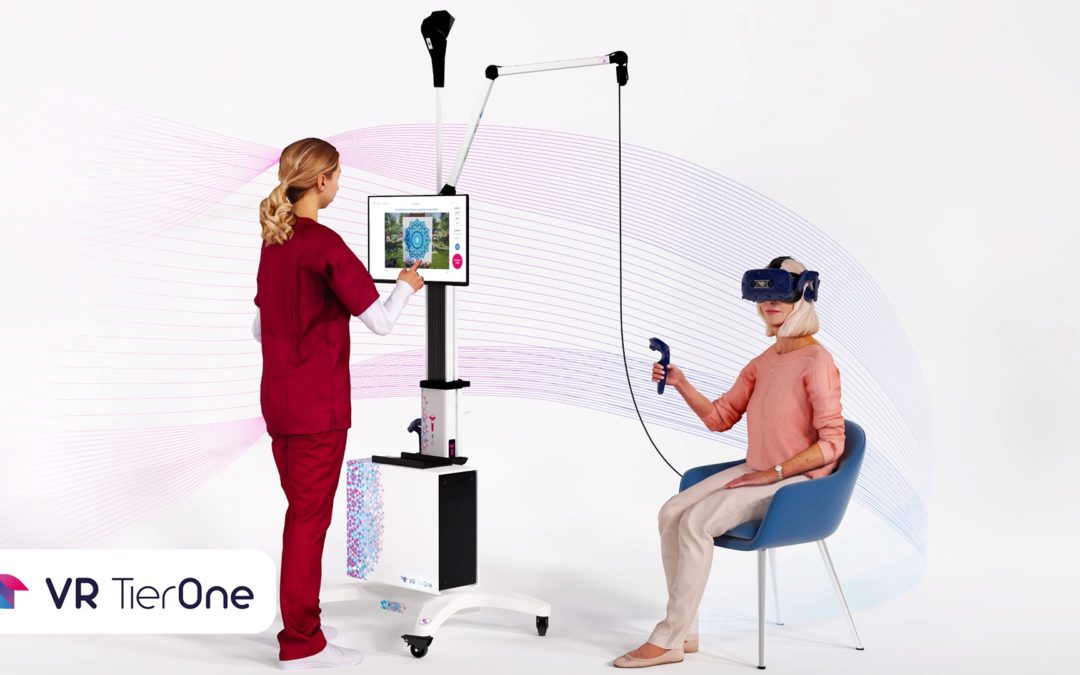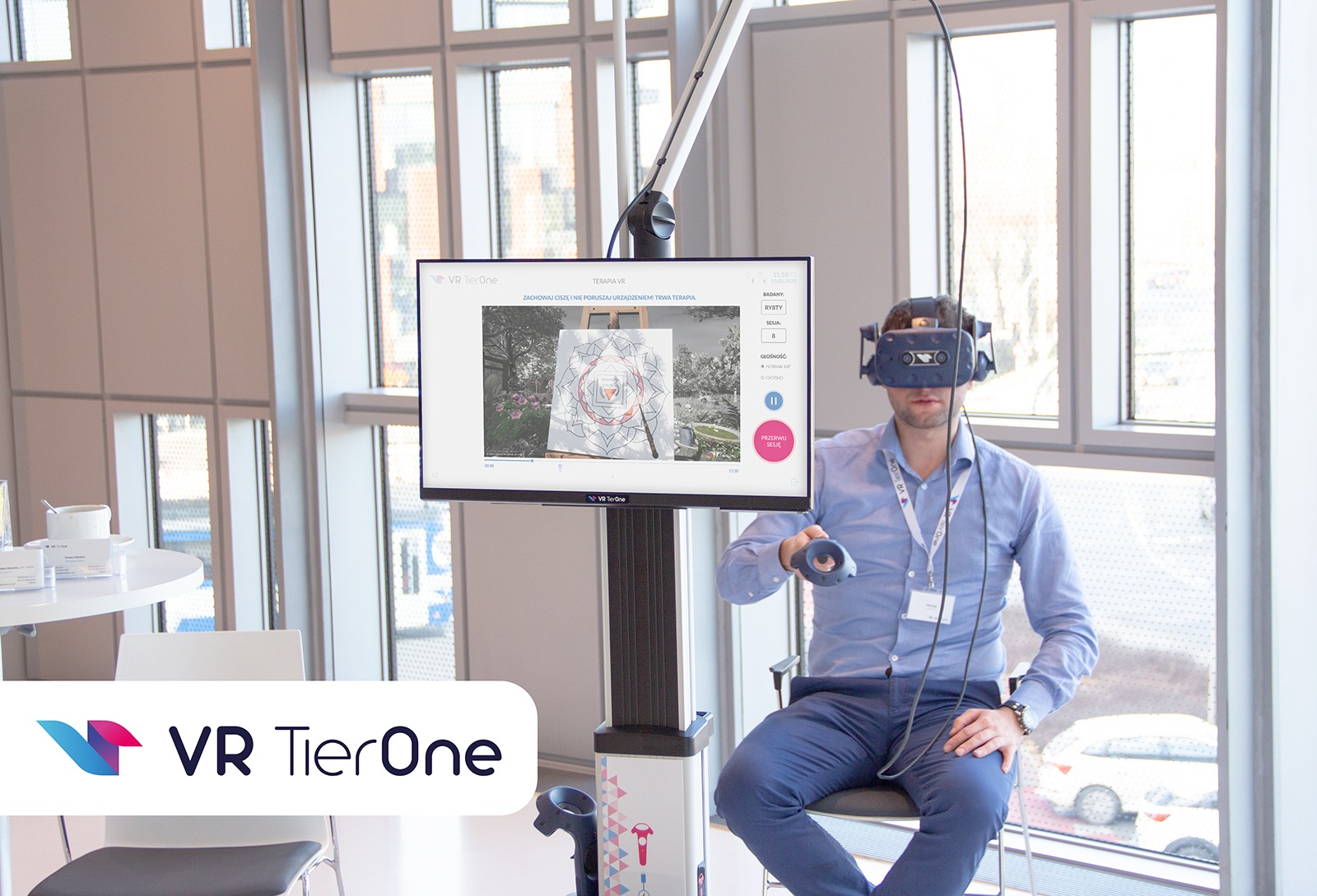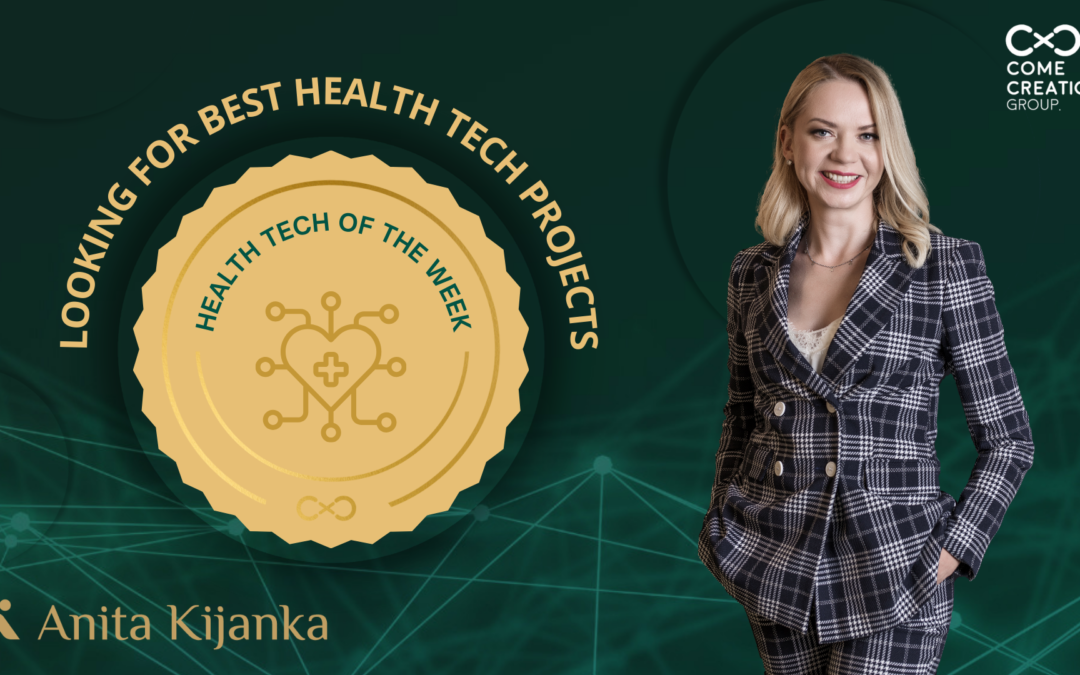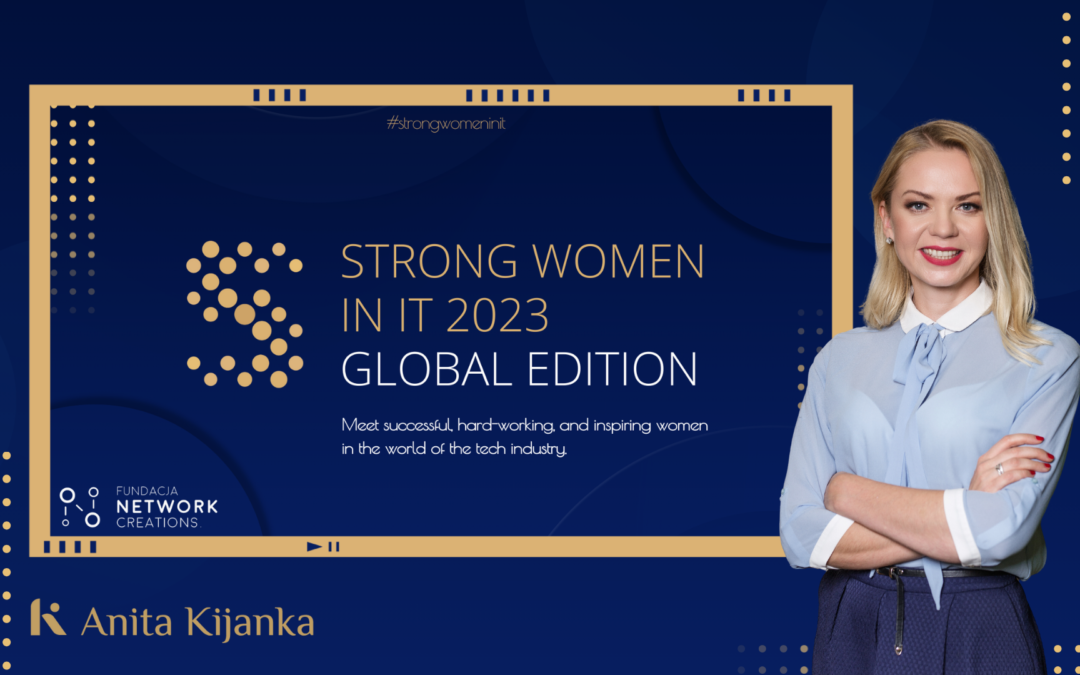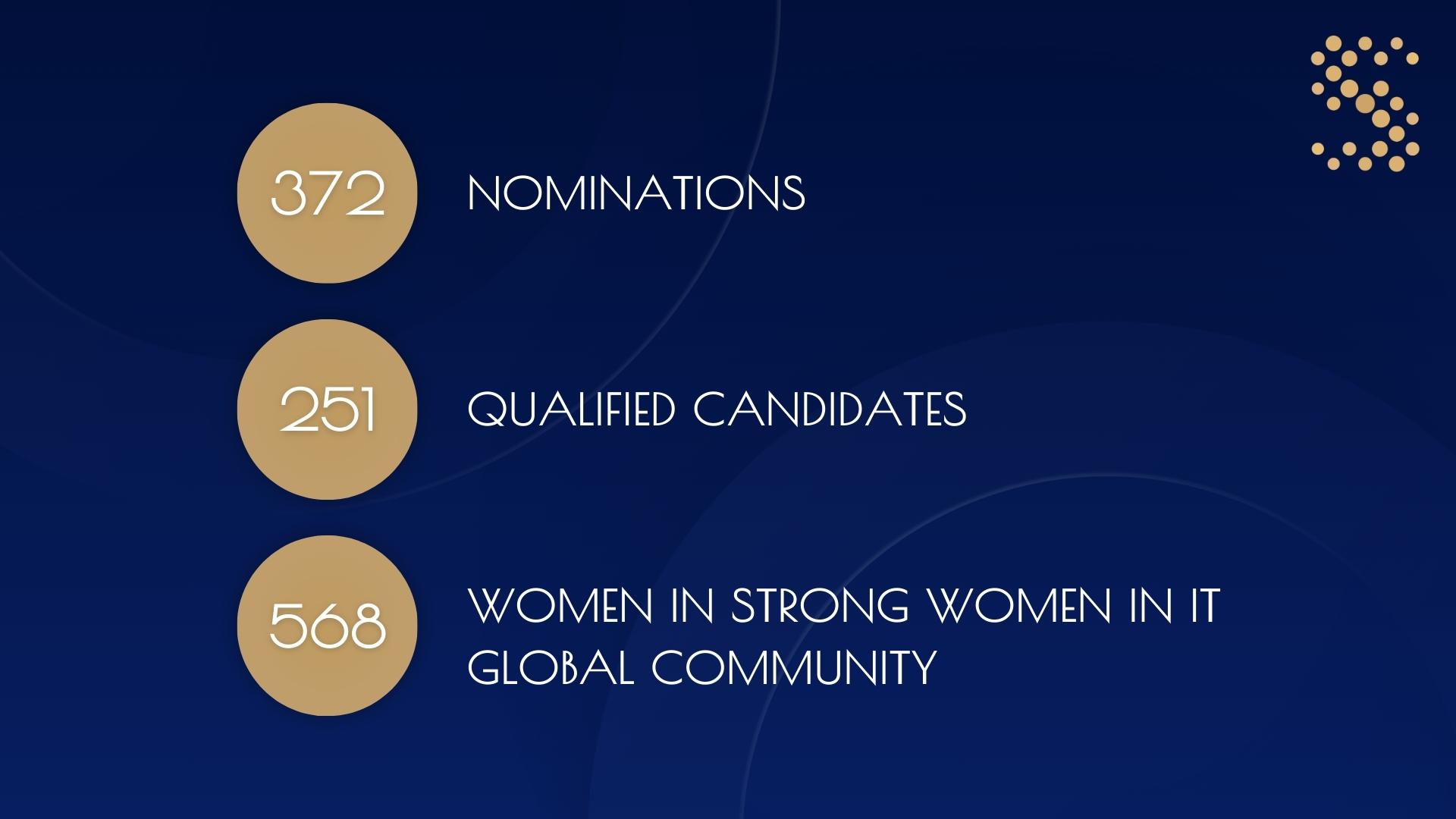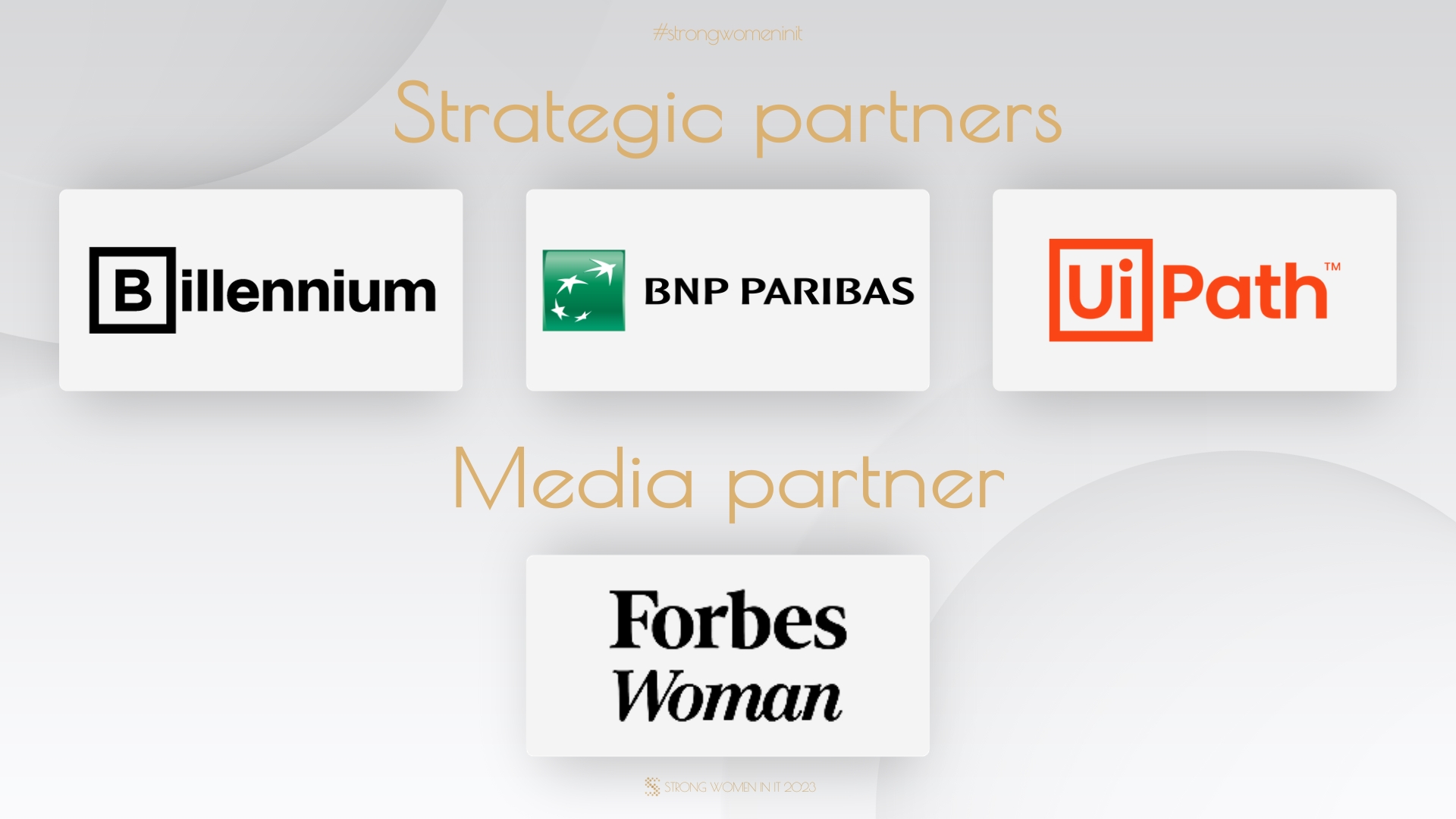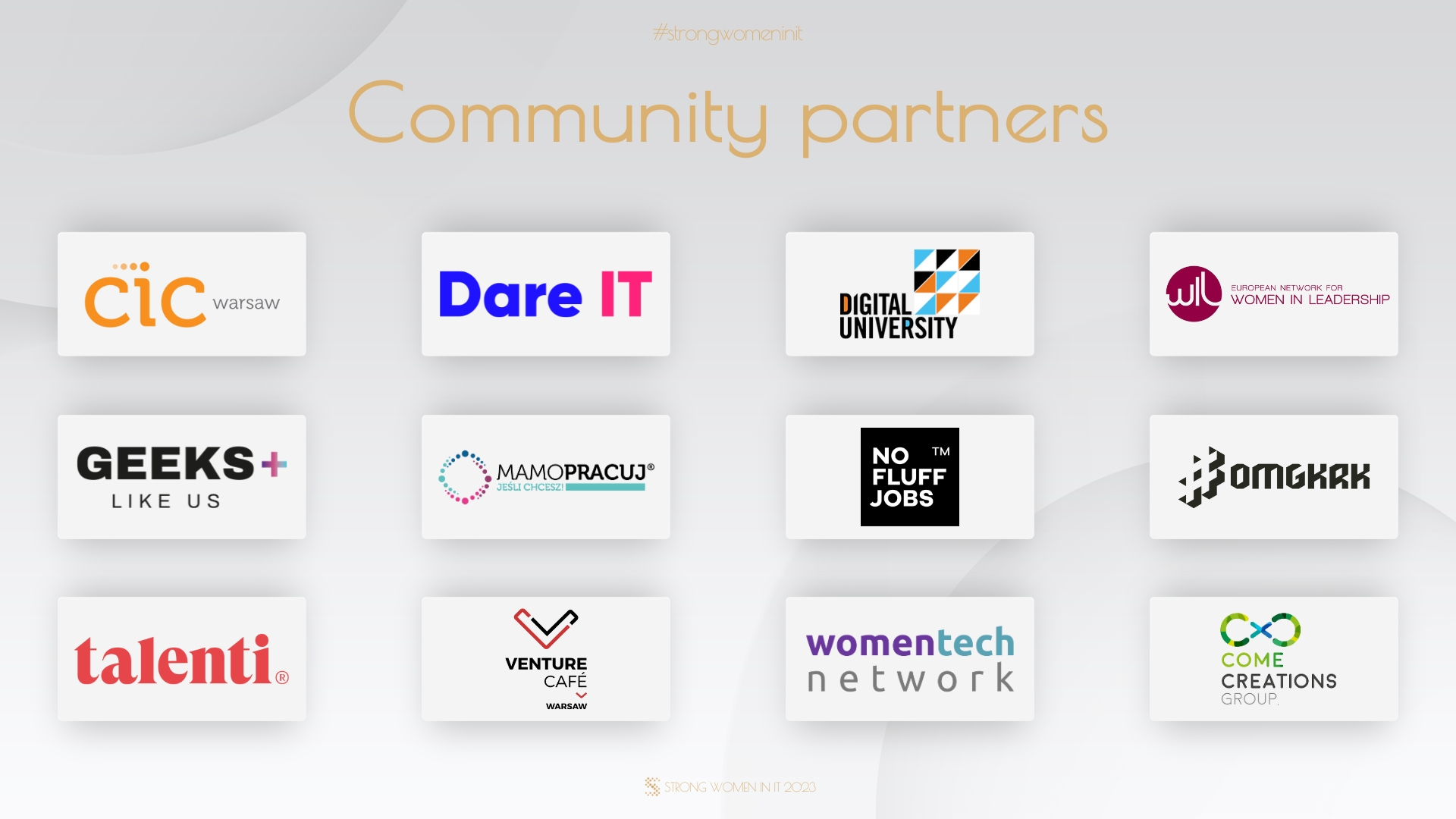In today's world, where the mental health of children is becoming an increasingly bigger challenge, Calmsie steps up to address these issues by...

Health Tech of the Week: Emplomind, or How Employee Benefits Can Be Personal and Anonymous
Emplomind, known as HearMe in the Polish market, is a platform aimed at enabling one-on-one sessions as part of employee benefits. A representative from Emplomind explains what makes this solution stand out and why conscious employers invest in tools that support the mental health of their teams: CEO Kasia Gryzło
Where did the idea for Emplomind come from?
We started working on the idea before the pandemic. At that time, the situation in Polish companies in terms of mental health was not looking good. According to a 2019 ADP report, the Polish worker was the most stressed in the entire European Union. It is also worth noting that Poles are reluctant to share information about their mental condition at work.
Reading reports and analyzing data, we realized that there are many people who have a problem and are completely alone with it. Based on this information, as well as our own experiences, we decided to help these people by creating a solution for them.

Why should employee wellbeing be important to employers?
We are convinced that caring for the overall wellbeing of employees not only boosts their motivation and productivity but also translates into a positive atmosphere at work.
By adopting such a business model, we aim to build an organizational culture that takes a holistic approach to the employee. Employers must realize that an employee’s personal life affects their work, and mental and emotional health are crucial for professional efficiency. Our Emplomind platform allows employees to use a variety of services that improve their wellbeing, thereby increasing their job satisfaction. A successful company must invest in the wellbeing of its most important capital – people.
What was particularly important to you when creating the platform?
According to our research, to ensure that the actions were effective, it was necessary to guarantee anonymity for employees using the employee benefit. Among other platforms, we distinguish ourselves by our service being confidential. No one in the organization will know that a specific person is scheduling a session with a therapist in the Emplomind app.
What distinguishes Emplomind?
On the Polish market, there are several alternative solutions in the field of mental health, but Emplomind stands out by focusing on direct support for the employee, offering 1:1 sessions with therapists, psychologists, coaches, etc.
We focus on deeper, individual interaction. We haven’t limited ourselves to delivering educational content or tools for independent monitoring of mental health. Our startup primarily builds trusted relationships – with employees and HR departments – which is a significant advantage in today’s dynamic work environment.

From which sector do companies most often use your services?
Currently, Emplomind serves a diverse group of clients, ranging from IT sector enterprises and recruitment firms to the financial and manufacturing industries. We started in the IT environment because that is where we come from ourselves, and the dynamic development of the platform has allowed us to extend our services to companies from other industries as well.
What are your future development plans?
First and foremost, we want to increase our international expansion. We are already operating for clients from the United States, the United Kingdom, and other European countries. Our ability to serve internationally stems from having specialists who speak several languages, allowing us to operate effectively on a global scale and deliver our services to clients from different regions of the world. We are keen to make Emplomind available to as wide a group of employees around the world as possible.
Additionally, we are intensifying efforts to increase awareness of the importance of mental health. We want to engage in social and educational initiatives to raise awareness about the importance of caring for mental health both at work and beyond.
–
I invite you to continue following „Health Tech of the Week,” where we will explore innovations and solutions that are constantly transforming the world of medicine and healthcare, creating new treatment possibilities and improving the quality of life for patients around the world.
If you are leading an innovative project in the field of new technologies and medicine or want to recommend an interesting solution, please contact us at: [email protected].

